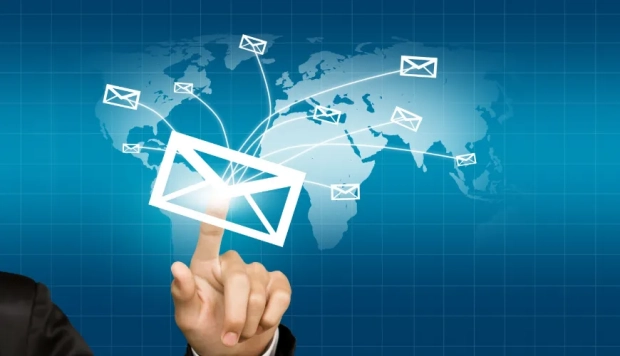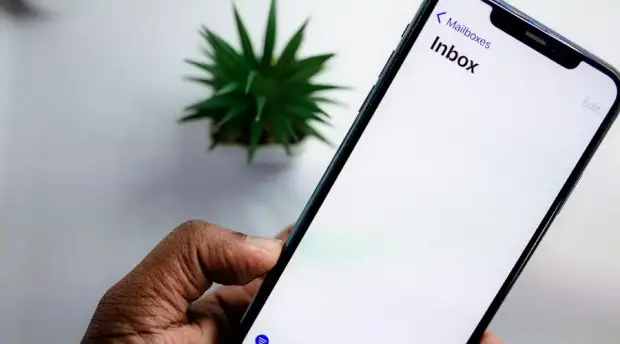Streamlining Communication: How Transcribing Voice Memos Improves Email Outreach

We've all had those moments when a great idea pops into our head at the most inconvenient time-maybe while walking to a meeting, driving, or grabbing a quick coffee. By the time we sit at our desks, the idea has lost its spark or completely vanished. This is a common problem for anyone who relies on email outreach-sales reps, entrepreneurs, marketers, and even managers. The truth is, inspiration rarely works on our schedule.
That's where modern tools make a difference. With platforms like Notta, you can record a quick voice memo on the go and have it transcribed into text in seconds. Instead of struggling to remember what you wanted to say later, you get an instant, editable draft ready to be shaped into a professional email.
In this article, we'll explore how turning voice memos into text can save time, capture ideas in their raw energy, and make email outreach more effective. We'll look at common problems with traditional drafting, why speaking your ideas is often better than typing, how transcription bridges the gap, and practical tips to put it all into action. By the end, you'll have a clear, simple process you can start using today.
The Problem with Traditional Email Drafting
Writing a great email takes time-and timing. Often, the best thoughts come when we're away from our computer. The trouble is, once that moment passes, it's hard to recreate the same energy and detail in your message.
Inspiration strikes unexpectedly. It might happen during a casual conversation, while commuting, or just after a client call. By the time you sit down to write, the original idea can feel watered down or incomplete.
Typing from scratch can feel slow and mechanical. Instead of letting ideas flow, you may get stuck trying to find the perfect first sentence. This pressure can lead to generic messages that don't stand out in a busy inbox.
For sales teams and PR professionals, this isn't just a personal frustration-it's a missed opportunity. A slow response can mean losing a warm lead, missing a media pitch window, or letting competitor messages reach the recipient first.
Why Voice Memos Are a Game-Changer
Speaking your thoughts is natural and fast. We can talk far more quickly than we can type, which means ideas get captured in real time before they fade. There's no pause to find the "right words"-you just speak what's on your mind.
Voice captures tone, enthusiasm, and personality. When you're excited about an idea, that energy comes through in your speech. This makes it easier to later shape an email that feels genuine and engaging.
There's also less pressure compared to writing. Instead of staring at a blinking cursor, you can record in a relaxed environment-on a walk, between meetings, or even while cooking dinner. The goal at this stage is simply to save the thought, not perfect it.
The Power of Transcription for Email Outreach
This is where transcription connects the dots. By turning your spoken words into text, you instantly create a starting point for your email. It's like having an assistant who listens to your thoughts and hands you a draft to refine.
Accuracy means fewer lost details. Automatic transcription captures your words as you said them, including specific phrases, examples, or names you might forget later.
Speed keeps momentum going. You can move from idea to first draft in minutes instead of hours. That makes it easier to reply quickly to clients, follow up on leads, or pitch at the right moment.
Your authentic voice is preserved. Since the text comes from your own words, your style and personality naturally carry over into the email. This can make your outreach feel warmer and more personal.
A simple workflow could look like this
-
Record a voice memo as soon as an idea comes to you.
-
Use a transcription tool to turn it into text instantly.
-
Edit the text into a polished, professional email ready to send.
Practical Tips for Using Transcribed Voice Memos in Email Outreach
Here are some easy ways to get the most out of your transcriptions:
Keep voice memos short and focused. Instead of rambling for several minutes, try to stick to one topic per recording. This makes editing easier and helps keep your emails clear and on-point.
Use clear keywords while speaking. Mention names, dates, and key points explicitly. For example, instead of saying "next week," say "next Wednesday, August 20th". This improves transcription accuracy and saves you from having to fill in missing details later.
Edit for structure and tone. Once you have the transcription, read through and arrange your points logically. Remove filler words like "um" or "you know" and adjust the tone to match your recipient's style-professional, friendly, or somewhere in between.
Adapt ideas into templates. If you find yourself repeating certain outreach messages, save your polished emails as templates. That way, future transcriptions can be plugged into a pre-set structure, saving even more time.
Real-World Scenarios
Sales reps on the move. A rep finishes a call with a potential client and immediately records a voice memo with follow-up points. The transcription becomes the basis for a quick, personalized email sent the same day-before the prospect loses interest.
Startup founders talking to investors. Founders often juggle meetings, pitches, and product development. By recording quick voice notes after investor calls, they can send timely, detailed updates that maintain interest and trust.
PR professionals pitching stories. PR work relies on timing. If inspiration for a headline or story angle hits while away from the desk, a quick memo and transcription can capture it-ready to send to a journalist while it's still fresh.
Conclusion
Transcribing voice memos into text isn't just a productivity trick-it's a way to keep your best ideas alive and ready for action. By speaking your thoughts and turning them into editable drafts, you can create emails that are faster to write, more authentic, and perfectly timed.
The process is simple: record, transcribe, refine, and send. Once you make it part of your routine, you'll notice how much easier it is to respond quickly and keep your outreach personal. Give it a try for a week-you might be surprised how much your inbox (and your results) improve.



